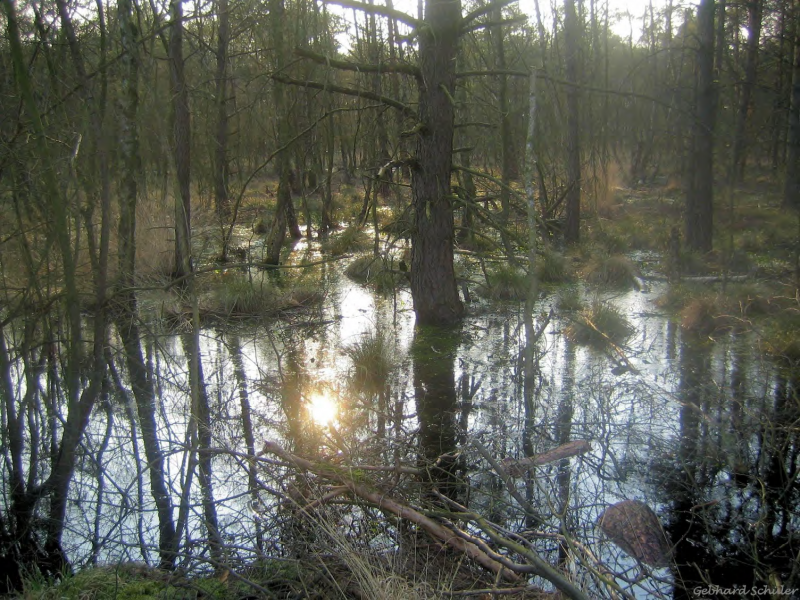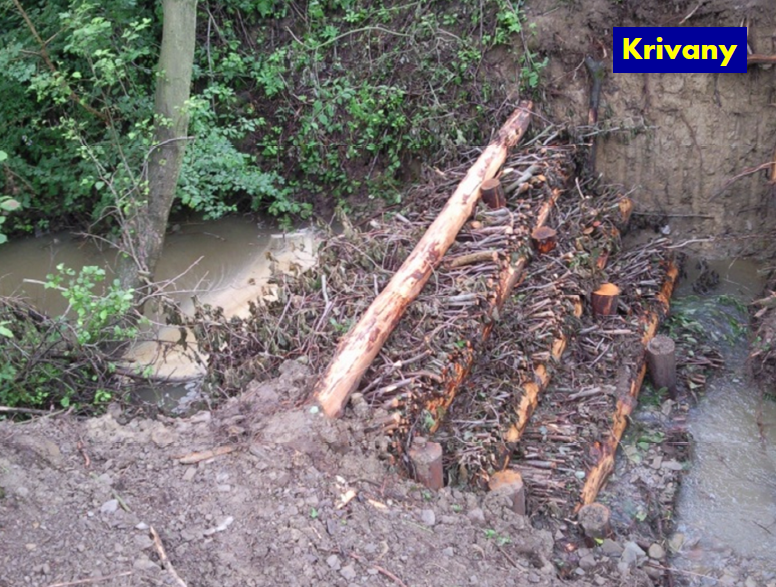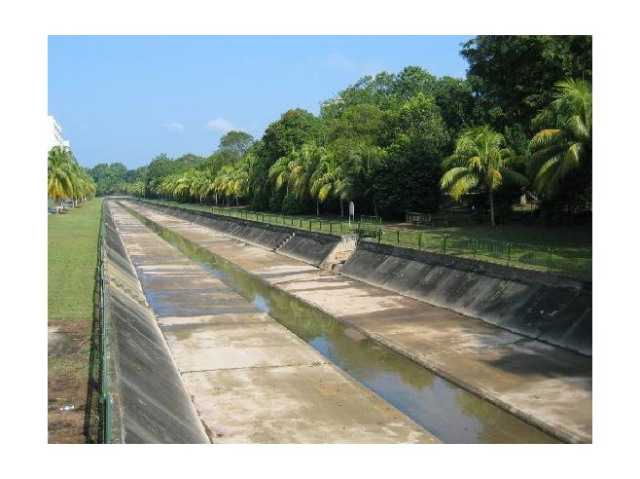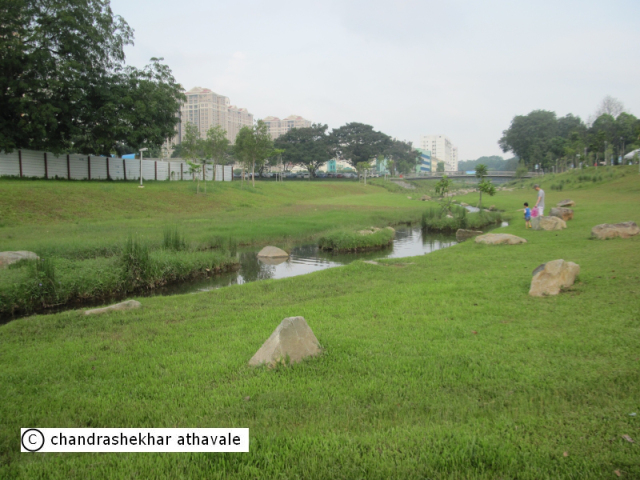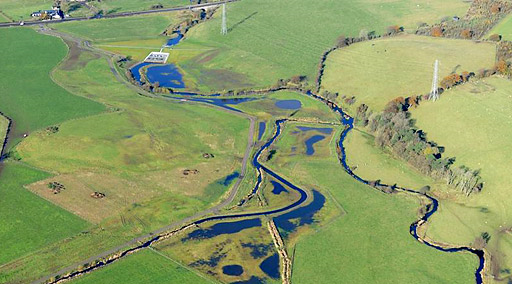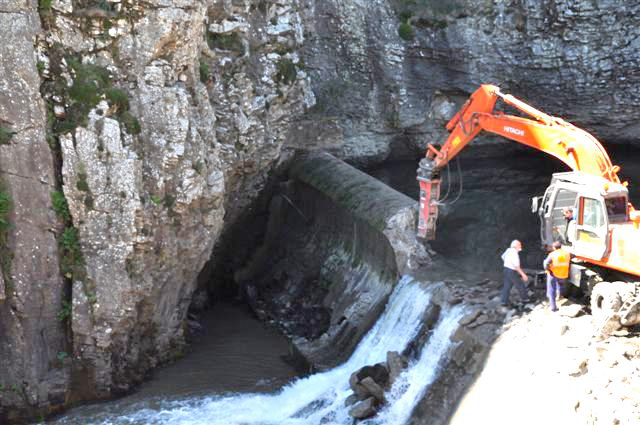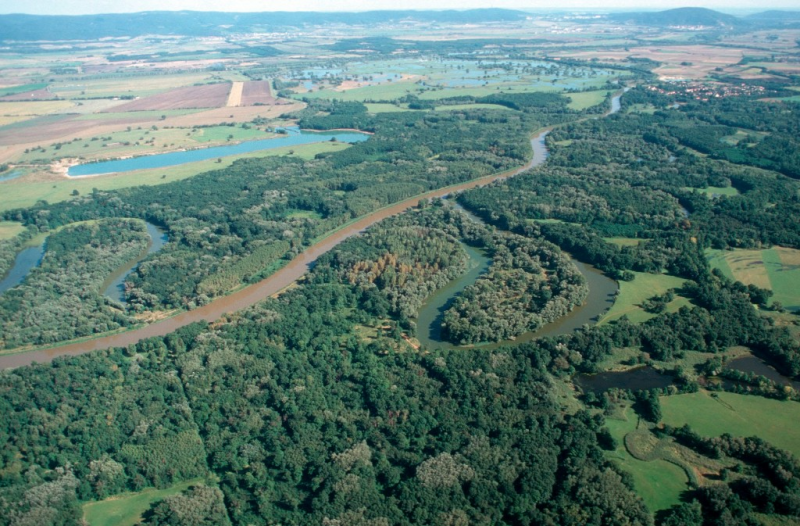Re-naturalisation of polder areas
A polder is a low-lying tract of land enclosed by embankments (barriers) known as dikes that forms an artificial hydrological entity, meaning it has no connection with outside water other than through manually operated devices. Its re-naturalization consists in enhancing polders with sub-natural characteristics, allowing better water storage in watercourses inside the polder, as well as increased biodiversity.

Polder of Juist (Germany)
Source: http://commons.wikimedia.org/wiki/File:2012-05-13_Nordsee-Luftbilder_DSCF8997.jpg
| Benefits | Level |
|---|---|
BP1 - Store runoff |
High |
BP2 - Slow runoff |
Medium |
BP3 - Store river water |
High |
BP4 - Slow river water |
Medium |
BP5 - Increase evapotranspiration |
Low |
BP6 - Increase infiltration and/or groundwater recharge |
Medium |
BP7 - Increase soil water retention |
Low |
BP9 - Intercept pollution pathways |
Low |
BP10 - Reduce erosion and/or sediment delivery |
Low |
BP11 - Improve soils |
Low |
BP12 - Create aquatic habitat |
High |
BP13 - Create riparian habitat |
Medium |
BP14 - Create terrestrial habitats |
Low |
ES1 - Water storage |
High |
ES2 - Fish stocks and recruiting |
Medium |
ES3 - Natural biomass production |
Medium |
ES4 - Biodiversity preservation |
High |
ES6 - Groundwater/aquifer recharge |
Medium |
ES7 - Flood risk reduction |
Medium |
ES8 - Erosion/sediment control |
Low |
ES9 - Filtration of pollutants |
Low |
ES10 - Recreational opportunities |
Low |
ES11 - Aesthetic/cultural value |
Medium |
ES12 - Navigation |
Low |
PO1 - Improving status of biology quality elements |
Medium |
PO2 - Improving status of physico-chemical quality elements |
Low |
PO4 - Improving chemical status and priority substances |
Low |
PO5 - Improving quantitative status |
Medium |
PO6 - Improving chemical status |
Low |
PO7 - Prevent surface water status deterioration |
Low |
PO8 - Prevent groundwater status deterioration |
Low |
PO9 - Take adequate and co-ordinated measures to reduce flood risks |
High |
PO10 - Protection of important habitats |
High |
PO11 - Better protection for ecosystems and more use of Green Infrastructure |
Low |
PO13 - Better management of fish stocks |
Medium |
PO14 - Prevention of biodiversity loss |
Medium |

